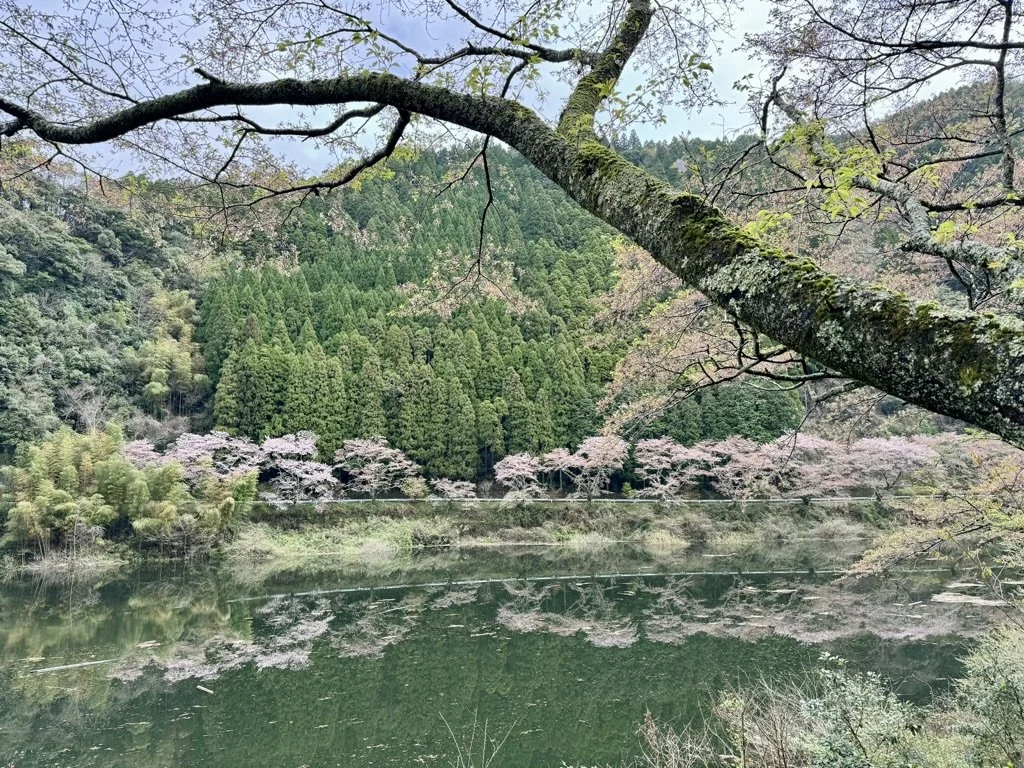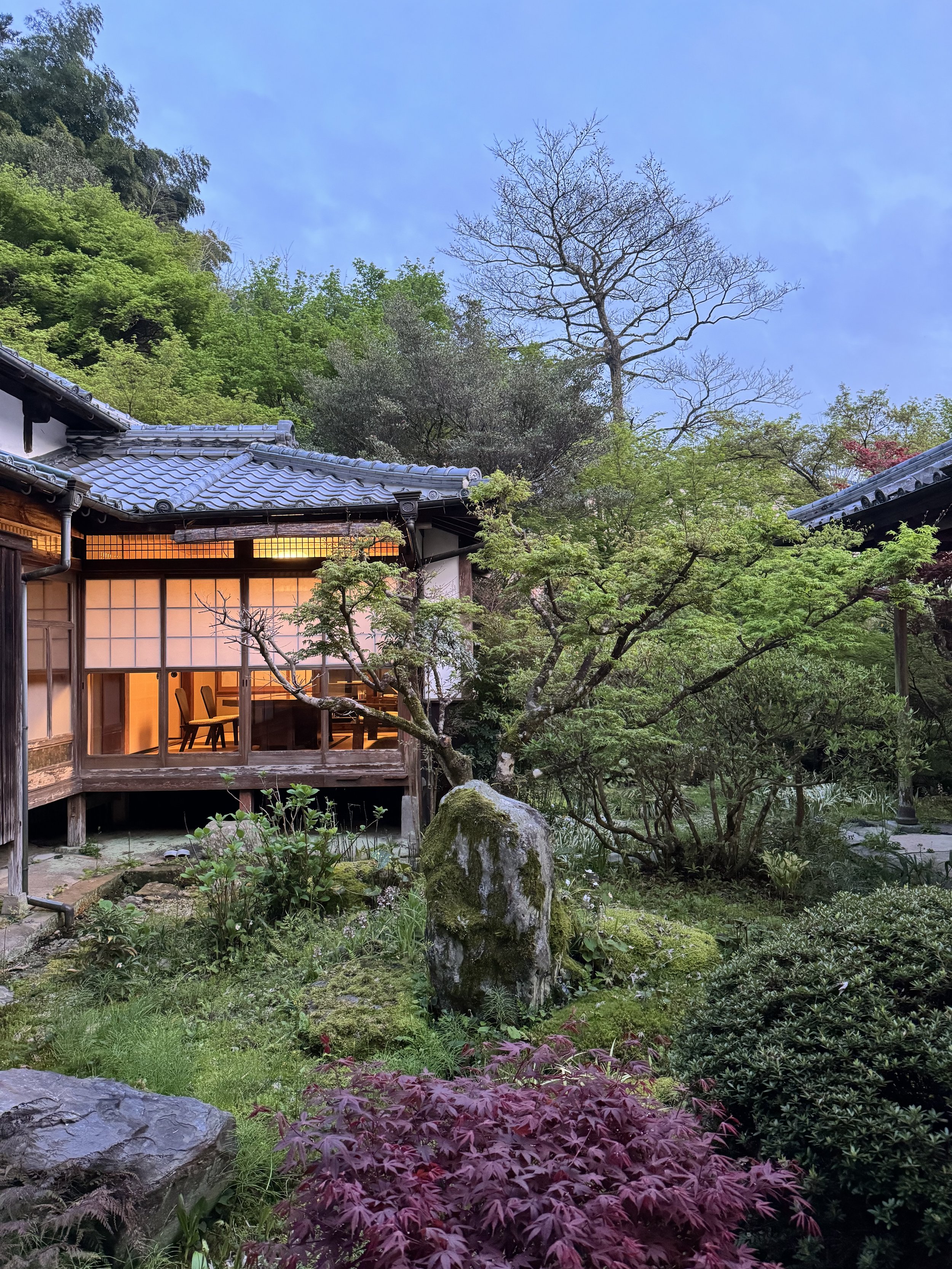JAPAN, SPRING 2024
Kyushu and Amami Oshima
Our tour started in lively, laid-back Fukuoka, Kyushu’s largest city. As the southernmost of Japan’s main islands, Kyushu was historically a gateway for trade and cultural exchange, particularly from China and Korea. As a result of this influence, and the abundance of natural resources in the area, many craft traditions flourished. Led by our wonderful guide, Rei, who is an expert in crafts of the area, our tour was rich in cultural experiences. We visited the homes and studios of several artisans, stayed in beautifully restored machiya guesthouses, enjoyed a wide variety of delicious regional cuisine (As one of our travelers pointed out, the trip could be promoted as a food tour!), and learned more broadly about religious and cultural customs of southern Japan.
Visiting the homes and studios of craftspeople not only introduced us to the beautiful, functional crafts of the area but also gave us a chance to meet fascinating people who graciously shared their stories with us. Our visits were varied and included a maker of bamboo furniture, kasuri weavers and indigo dyers, a maker of pure cedar incense, a potter who revived an ancient kiln, a contemporary fashion designer who specializes in natural dyeing, a katazome stencil artist whose work is bold and vibrant, and a pottery town made famous by the mingei movement in the early 20th century.
On the subtropical island of Amami Oshima, we explored two unique textile traditions: an ancient mud-dyeing technique that dyes silk yarns a glossy black and a complex style of ikat weaving, practiced for over 1300 years, which is woven for high-end kimono. We spent an afternoon experimenting with mud and indigo dyeing—wearing tall galoshes to step into the mud pond! Our group also enjoyed the work of a local mid-century artist whose lush paintings capture the spirit of the island.
“Thank you for such a magical adventure. It exceded all of my expectations. Jess and Rei, there are no words. You assembled a trip like no other.”
“I just wanted to say how astounded I am by this trip. I had very high expectations, which it far exceeded. The attention to detail...and care and tenderness shown by you and Rei on top of the knowledge, enthusiasm and panache you both brought...I just LOVED every minute of it!!!”
“Kudos to Jess and Rei for a unique experience filled with love and respect for makers and tradition.”
“We were given access to the intimate work spaces of craftsmen of many different types—and to some rapidly disappearing crafts. Being based in a small merchant town in unique accommodations was a treat we all appreciated. We ate superbly in many different types of venues and joked that it could have been sold as a culinary experience. Our group was so well meshed that we have kept in touch via group-chat long after the trip. A most memorable and superbly organized tour.”





























